This transcript has been edited for clarity.
We now have more data on the benefits of automated insulin delivery therapy in individuals with type 2 diabetes. The SECURE-T2D study was designed to look at the Omnipod 5 in people with type 2 diabetes who were already on insulin but not on an automated insulin delivery system.
It was a multicenter, prospective, observational study, and we were one of the study sites. The total N was 305 patients. It was really an amazing study in that it was well mixed in terms of patient background and ethnicity. Many of these patients had lower educational levels and lower income levels. They were from all walks of life.
I think this is really important because my site, for instance, is in East Los Angeles, which is a medically underresourced area, and our patients really don't have access to many of the more advanced technologies.
We took people who had very high baseline A1c levels and put them in the study to see what would happen — and they got better. Overall, the starting A1c was 8.2% and the ending A1c was 7.4%. The time in range improved from 45% to 66%. These are both very statistically significant.
From my site, and for those that had patients with high A1c levels, we saw that the higher the A1c level, the greater the fall. This isn't surprising because that's what happens in research. If people had an A1c level of ≥ 9% — say, an average of 10.1% — they got a 2.1% reduction in their A1c, down to 8%. I think this is pretty remarkable.
As I said, I had some of these patients with very high A1c levels, and I think this system really helped, in two ways: It made it easier for them to give their premeal insulin, and then the automation really helped their nights. It really seemed to improve their overall experience with their diabetes. I really found that it was gratifying for all of us to see our patients do so well.
You're probably thinking, Do we really need insulin in people with type 2 diabetes now that we have all these new therapies? In this study, half the patients were on a glucagon-like peptide-1 (GLP-1) receptor agonist. This was in addition to other noninsulin therapies.
I think there are probably some with type 2 diabetes who are more insulin deficient than others. Certainly, these patients with longstanding diabetes, who have a great deal of insulin deficiency from longstanding disease, probably will always need insulin. Hopefully, we can treat everybody sooner, but that isn't currently the case.
One of the other findings was that counting carbs didn't matter. You had to put in your mealtime doses. You had to put in something for carbs. People counted their carbs; they put in small, medium, or large for carbs or they just had a fixed carb entry. However they did it, they basically got to the same outcome.
Using this system, although it does require that patients enter in carbohydrates before they eat, doesn't require complicated carb counting. This made it much easier for our patients to be successful when using the Omnipod 5.
For me, this study shows that I can take patients where we've had great difficulty getting them down to target on multiple daily insulin injections or even basal insulin, and that this is a technology that can really help us.
The study was very real world. This is not an RCT, but it is a study that showed me the benefits of this therapy in these patients. I'm very glad to have the knowledge that I can help patients do so much better.
This has been Dr Anne Peters for Medscape.

.webp) 4 days ago
10
4 days ago
10
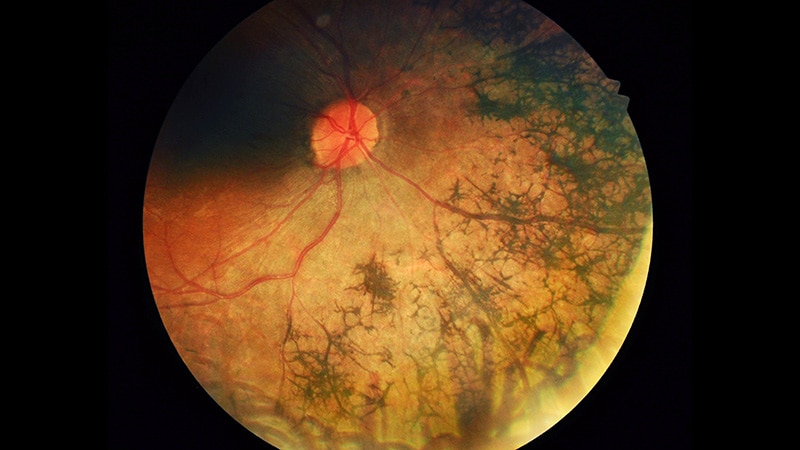







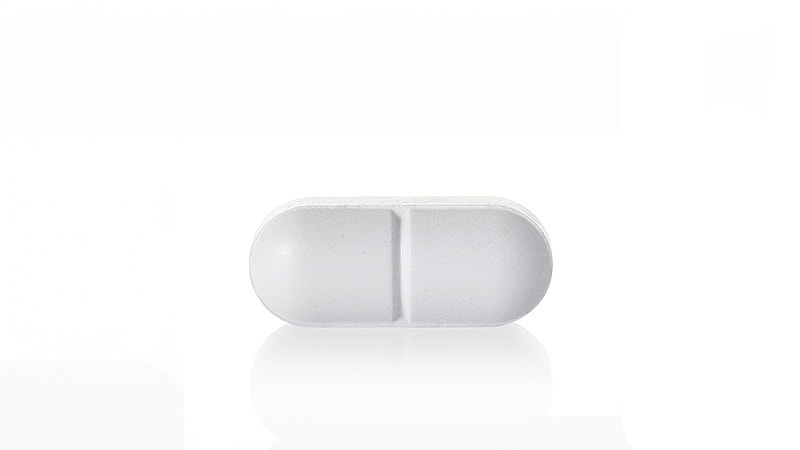
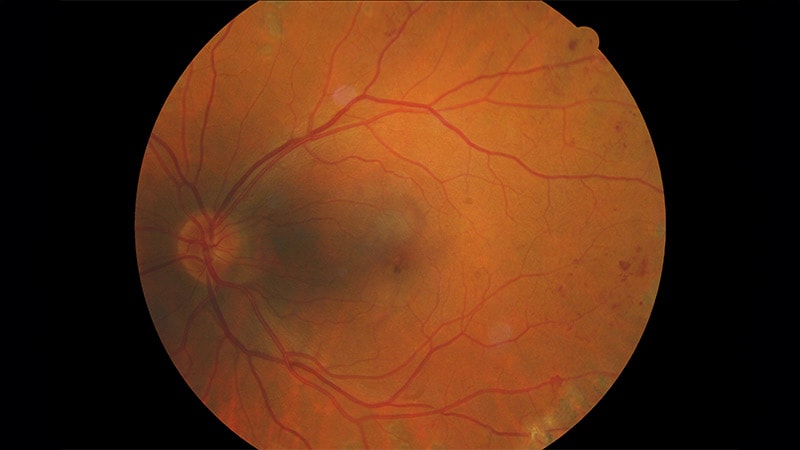
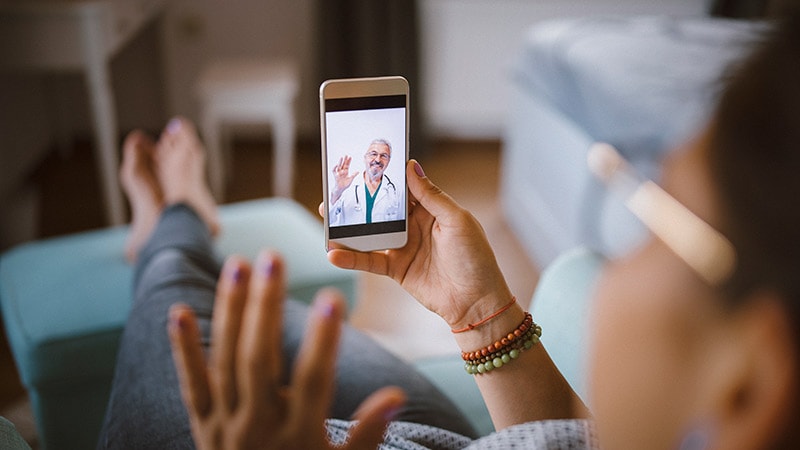


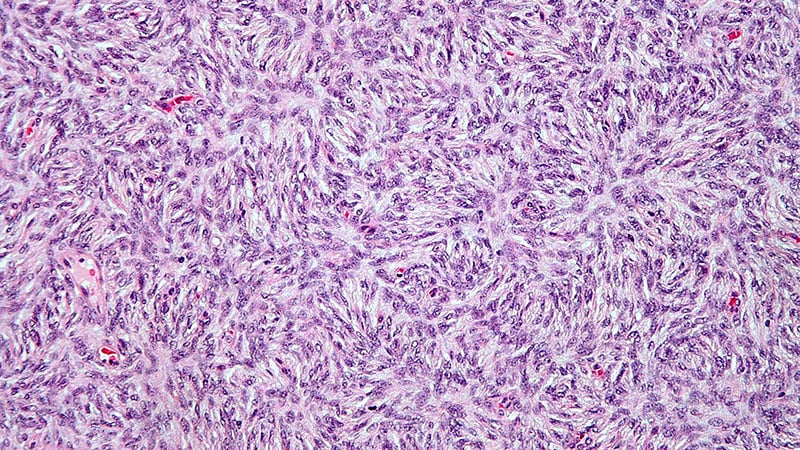















 English (US)
English (US)